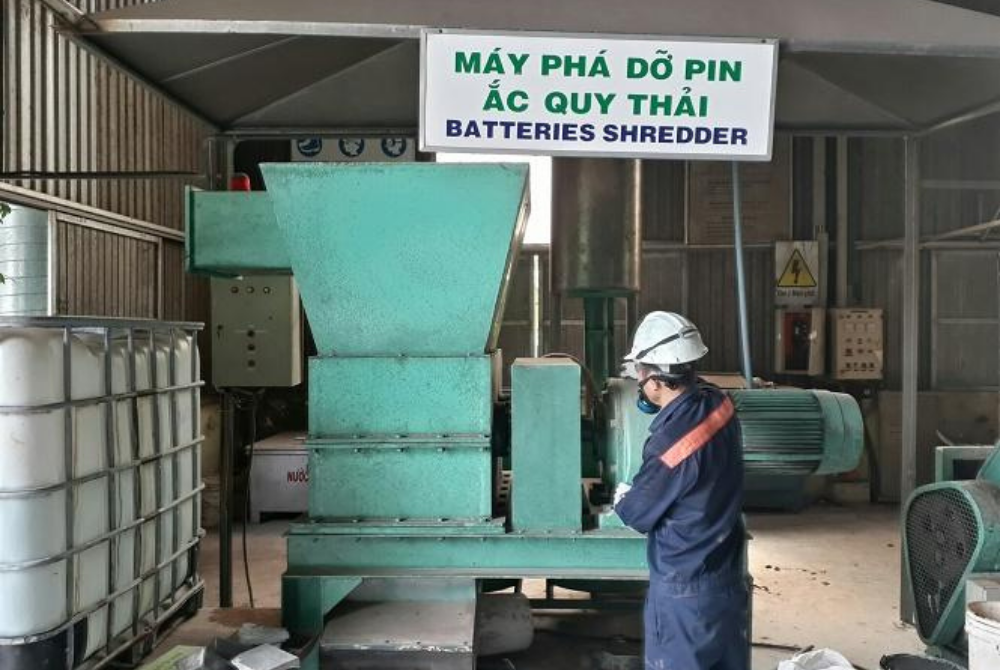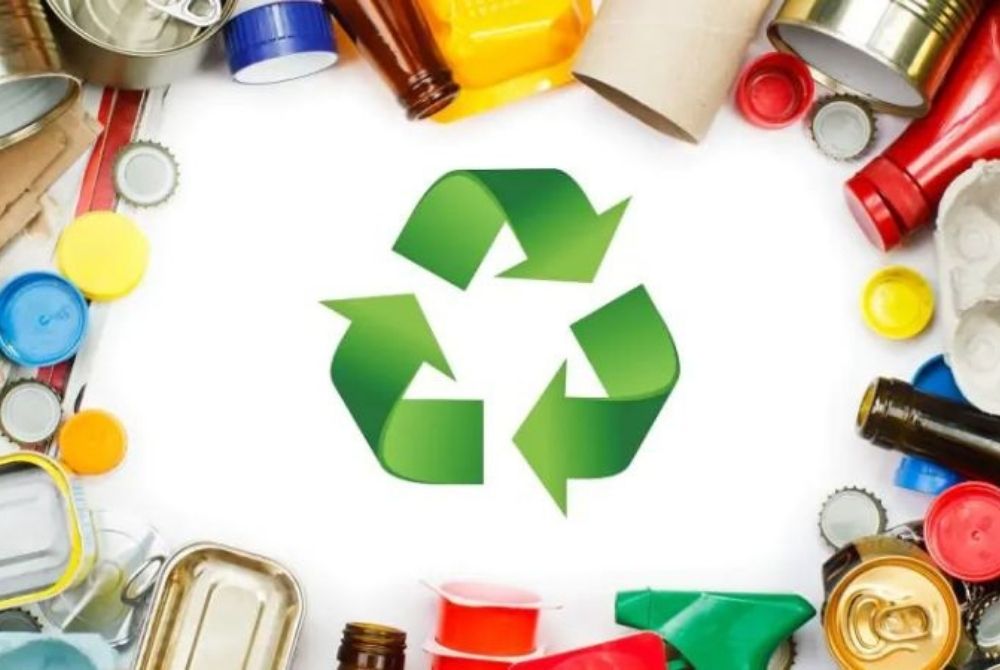South Korean food waste processing model
Each spring, up to 2.5 billion tons of food are wasted. Excess food pollutes water and soil and emits significant volumes of methane, one of the most potent greenhouse gases when it rots. Recognizing the gravity of the situation, South Korea banned leftover food in landfills 20 years ago and created proper disposal strategies.
Many other nations have expressed interest in and studied South Korea's food waste management strategy, which keeps 90 percent of discarded food and does not dump it in landfills or incinerators. Dr. Paul West, a senior scientist with Project Drawdown, a nonprofit exploring strategies to cut carbon emissions, says that one of the issues explores strategies to cut carbon emissions, and one of the issues is cost. According to the South Korean Ministry of Environment, while individuals and companies in South Korea pay a charge to solve food waste, the government still needs to invest roughly $600 million each year to administer the program.
Procedure of disposal of waste feed
Mr. Lee Hae-yeon, the owner of Jongno Stew Village restaurant which is a famous spot in Dobong District (north of Seoul, South Korea), stated he paid 2,800 won (US$3) for every 20 liters of surplus food daily. The daily extra food from his restaurant was packaged into a giant bucket and thrown outdoors in a carefully regulated garbage bin. Leftover food will be collected and disposed of the next day.
Mr. Park Myung-joo, a waste disposal team employee, typically begins collecting rubbish at 5 A.M. every day except Sunday. Every day, at 11 A.M, his team manages all of the waste in the region and transports it to the Dobong disposal plant.
Debris, bones, grains, shells, and other non-crushed waste will be manually screened and incinerated at the facility. The remaining waste is sent into the crusher. After crushing, the garbage is burned and dewatered. Some of the water produced by this process is transported to a water treatment plant. Part of the steam is utilized to generate biogas, while the rest is filtered and dumped into closed canals.
Illustration Image (Source: MONRE)
The remaining waste was processed for four hours, becoming a dry, dark powder. According to Mr. Sim Yoon-sik, manager of the Dobong processing plant, the flour is used as supplemental feed for chickens and ducks and is high in protein and fiber. This product is then delivered to the farmers by the facility. Additionally, some pipes filter the air within the factory using chemical processes before releasing garbage to the outside.
The trash is gasified at a few other facilities, such as the biogas plant in Goyang, outside Seoul, which collects about 70,000 tons of leftover food annually. It will keep leftover food in giant tanks for around 35 days to degrade organic matter and generate biogas, mainly CH4 and CO2.
The biogas was then sold to a local power company, which used it to heat 3,000 homes in Goyang. The remaining solids are mixed with wood chips to form fertilizer and sent to farms.
By effectively using the model
Researchers discovered that each ton of food waste disposed of in a landfill emits around 360 kilos of GHG. According to Mr. Lee Chang-Gee, an engineer at the Goyang factory, converting this garbage into biogas would decrease carbon emissions in half.
According to the scientists, the initiative also achieved a crucial aim: to modify the Korean people's practice of throwing food away. According to data from the Korean Ministry of Environment, food waste in the country has been progressively decreasing over the years. Food waste treatment plants in Korea have improved operations, becoming cleaner and more efficient, lowering stinks in nearby residential areas as technology advances.
This approach makes it easier for individuals to engage in the process and modify their attitudes around food waste. Residents in communities around the country are given a card to scan every time they dispose of food trash in a controlled dumpster. Subjects will be charged at the end of the month based on how much food they throw away. Mrs. Eom Jung-suk, 60, an owner of a residential area, claims she has never had to pay more than $1 for food waste. However, weighing and paying for leftover food disposal has made her more conscious of the quantity of food she wastes.
Source: Vietnam MONRE













